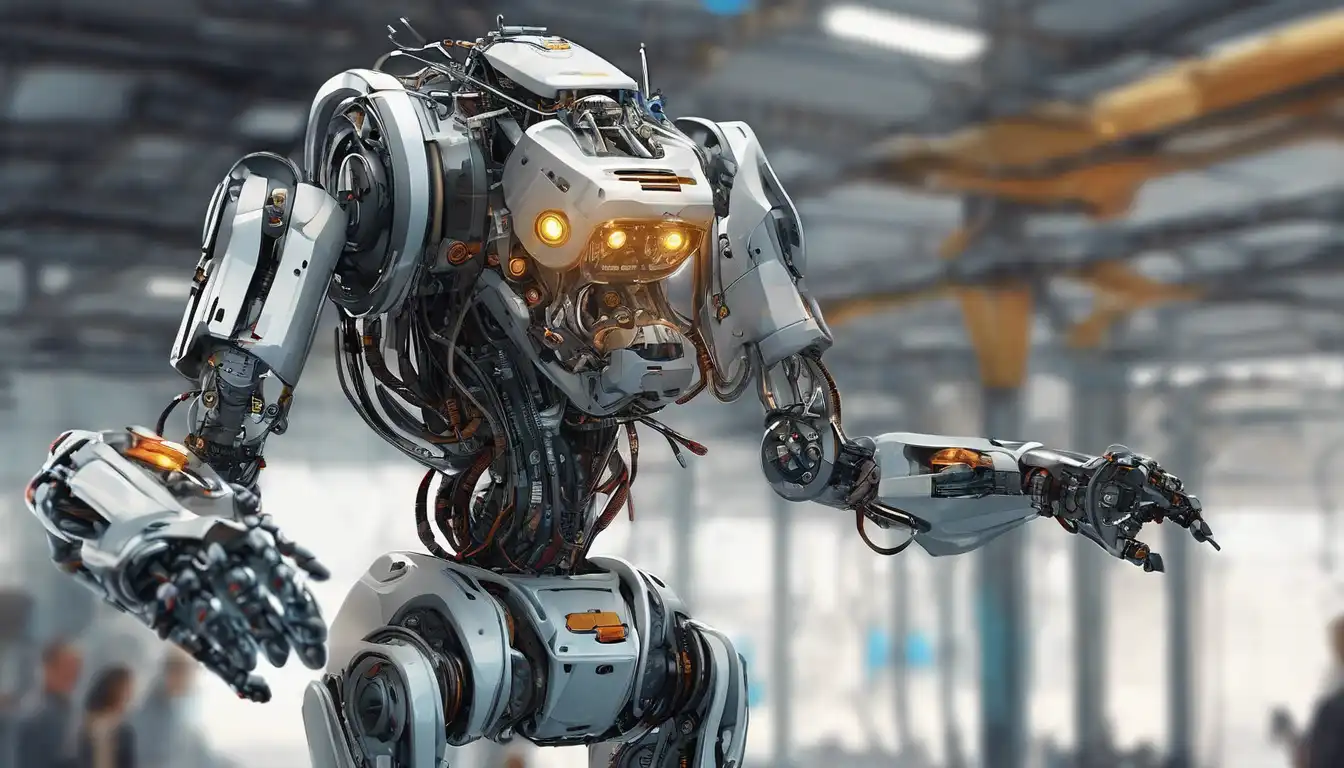The Dawn of Robotics: A Technological Revolution
In the realm of modern technology, robotics stands as a towering testament to human ingenuity and the relentless pursuit of innovation. This field, which seamlessly blends engineering, computer science, and artificial intelligence, is reshaping industries, enhancing productivity, and redefining the boundaries of what machines can achieve.
The Building Blocks of Robotics
At its core, robotics involves the design, construction, operation, and use of robots. These sophisticated machines are equipped with sensors, actuators, and processors that enable them to perform tasks ranging from the mundane to the extraordinarily complex. The integration of artificial intelligence has further empowered robots with the ability to learn from their environment and make decisions autonomously.
Applications That Are Changing the World
The applications of robotics are as diverse as they are impactful. In manufacturing, robots have revolutionized production lines, increasing efficiency and safety. In healthcare, robotic surgery offers precision that surpasses human capabilities. Meanwhile, in the realm of automation, robots are taking on roles in customer service, agriculture, and even space exploration.
Challenges and Ethical Considerations
Despite the advancements, the field of robotics is not without its challenges. Ethical questions regarding job displacement, privacy, and the autonomy of robots are sparking debates worldwide. Moreover, the technical hurdles of creating robots that can fully understand and interact with the human world remain significant.
The Future of Robotics
Looking ahead, the future of robotics is brimming with potential. Innovations in machine learning and materials science are paving the way for more adaptable, resilient, and intelligent robots. As we stand on the cusp of this new era, it's clear that robotics will continue to be a key driver of technological progress and innovation.
In conclusion, robotics represents the intersection of technology and innovation, offering a glimpse into a future where machines and humans collaborate more closely than ever before. By embracing the challenges and opportunities this field presents, we can unlock unprecedented possibilities for society.
